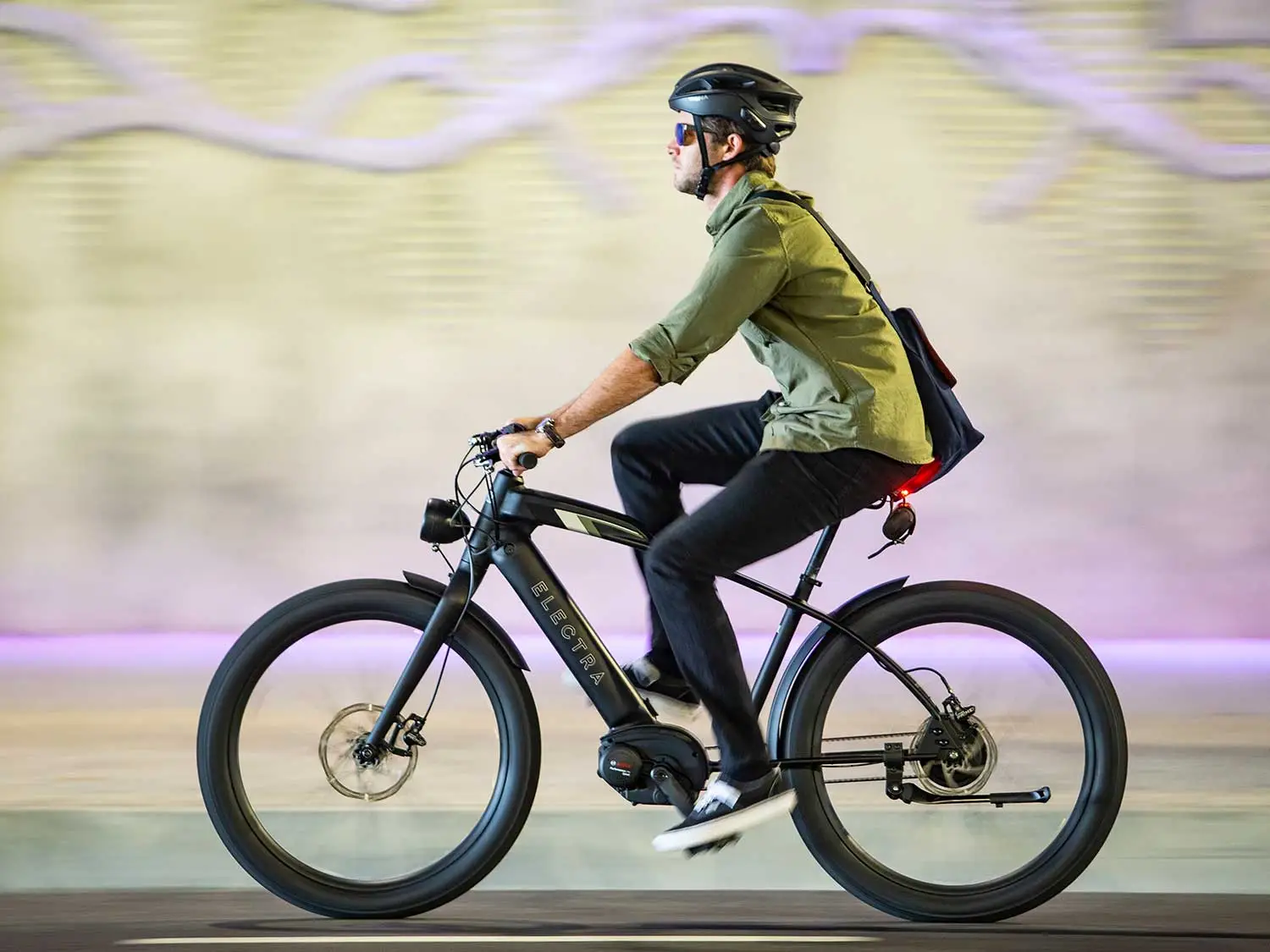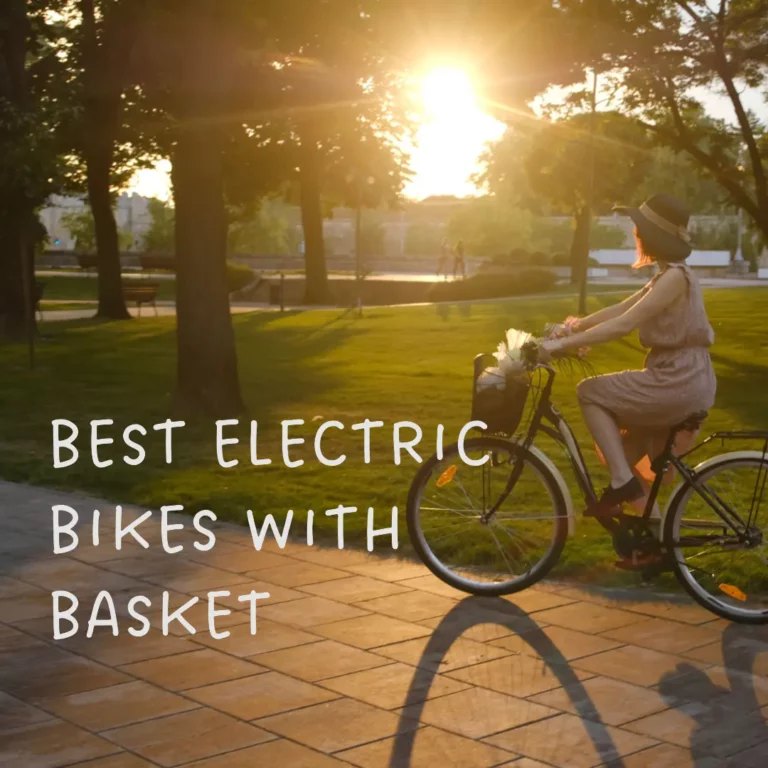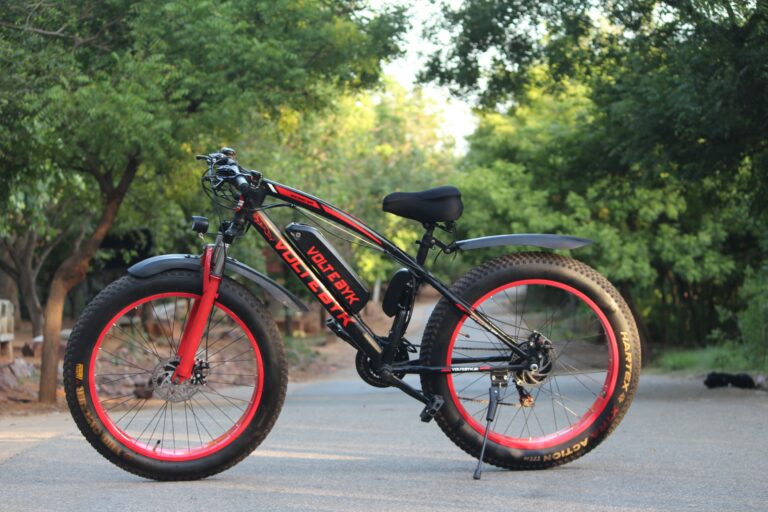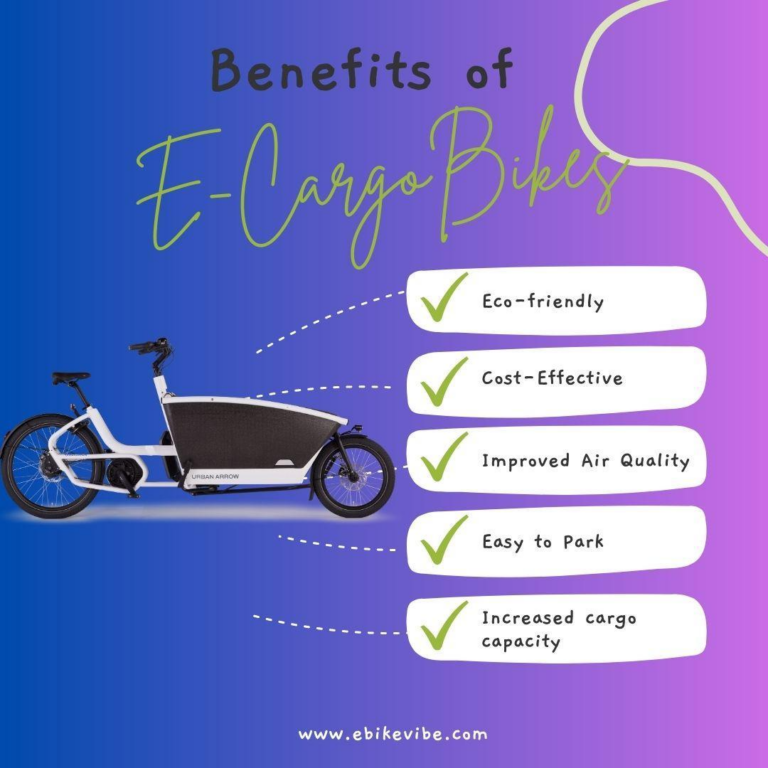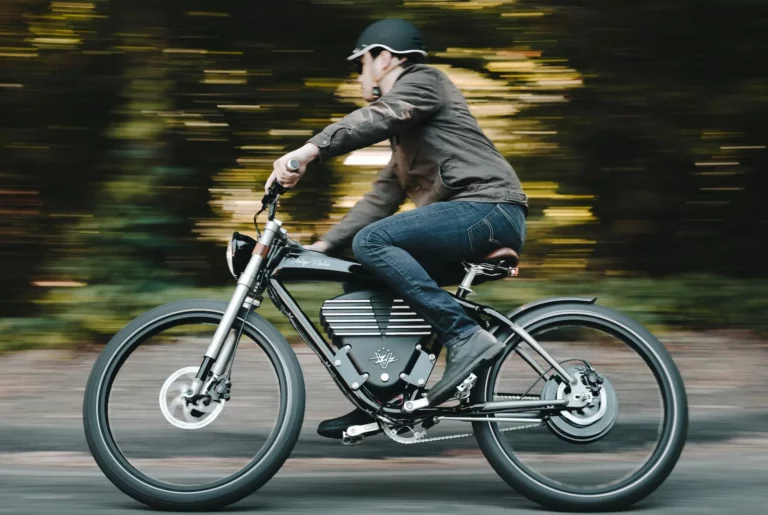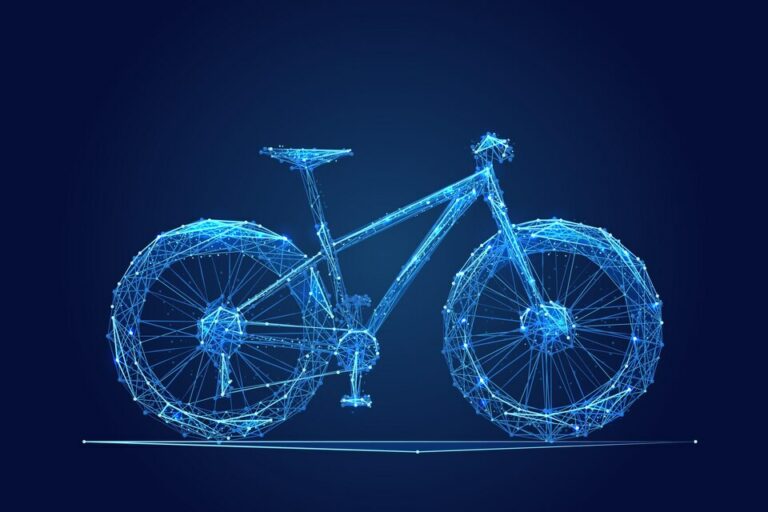Do You Need to Pedal an ebike?
We frequently get questions like on ebikes. These machines have been capturing the attention of commuters, fitness enthusiasts, and eco-conscious individuals a like. By blending the convenience of a traditional bicycle with the assistance/help of an electric motor, e-bikes are revolutionizing the way we ride. However, despite their growing fame, many people still have doubts and uncertainties about these innovative vehicles. That’s why we’ve put together an article that aims to address the most frequently asked questions about e-bikes. We’ll shed light on their mechanics, benefits, and dispel any misconceptions that may linger. Whether you’re considering purchasing an e-bike or simply curious about this emerging mode of transportation, we’re here to guide you through the intricate world of electric bikes and provide you with the knowledge you seek.
Some Frequently asked questions about ebikes
Are Electric Bikes Harder To Pedal?
Absolutely not! Electric bikes, also known as electric bicycles, are designed to provide a delightful riding experience by incorporating an electric motor into the traditional bike design. You can pedal an electric pedal just like you would do on a regular bike, but the electric motor kicks in to assist your pedaling efforts. This feature sets electric bikes apart from regular bikes and offers riders an extra boost of power and convenience. Whether you choose to pedal an electric bike or opt for a regular bike, both options provide unique experiences that cater to different preferences and riding styles.
How an Electric Bike Works
An electric bike, also called an electric bicycle, works by integrating an e-bike motor into the traditional bike design. The e-bike motor provides pedal assist, meaning it kicks in to amplify the rider’s pedaling efforts. This feature sets electric bikes apart from normal bikes, allowing riders to enjoy an extra boost of power while pedaling. Essentially, an electric bike combines the convenience of a normal bike with the assistance of an electric motor, resulting in a more effortless and enjoyable riding experience.
Do I need a license?
The need for a license to ride an electric bike, or e-bike, depends on local regulations. In many areas, e-bikes that meet specific criteria are considered bicycles, and no license is required. However, it’s very important to check the laws & regulation in your jurisdiction to understand any age restrictions or licensing requirements that may apply. Stay informed to ensure a safe and compliant e-bike riding experience.
Aren’t electric bikes heavy?
While electric bikes may be slightly heavier than traditional bikes due to the added components, advancements in technology have resulted in lighter and more efficient designs. Manufacturers are focused on optimizing weight distribution and using lightweight materials to ensure a comfortable and manageable riding experience.
Can You Ride an Electric Bike Without Pedaling?
The nswer is yes, some electric bikes have a throttle feature that allows you to ride without pedaling.
How Far Will an Electric Bike Go Without Pedaling?
The distance an electric bike can travel without pedaling varies depending on factors like battery capacity, terrain, rider weight, and assistance level. Typically, electric bikes can go around 20-60 miles on a single charge without pedaling, but this can vary.
Electric Bike: Pedal Assist vs Throttle
When comparing pedal assist and throttle systems in electric bikes, it’s important to understand their distinctions. Many electric bikes utilize a pedal assist mode with a torque sensor. In this mode, as you begin pedaling, the torque sensor measures the force you apply and sends signals to the electric motor to provide assistance accordingly. The pedal assist mode creates a seamless and responsive riding experience, where the electric bike amplifies your pedaling power. On the other hand, throttle systems allow you to activate the motor without the need to pedal. With a twist or thumb throttle, you can instantly access the motor’s power. While throttle systems provide immediate assistance, they don’t offer the same level of responsiveness and natural feel as pedal assist with a torque sensor.
Are You Supposed to Pedal an Electric Bike?
Yes, you are supposed to pedal an electric bike, as it is designed to provide pedal assist and enhance your pedaling effort.
Do electric bikes recharge when applying brakes or going downhill – like a hybrid car’s regenerative braking?
Some electric bikes feature regenerative braking technology, allowing them to recharge the battery when braking or going downhill, similar to hybrid cars. However, not all electric bikes have this capability, and their availability varies depending on the specific model.
What is the range I can get from a single charge?
The total range you can achieve on a single full charge with an electric bike varies, typically ranging from 20 to 80 miles (flat roads)depending on several factors, such as battery capacity, terrain, and riding conditions. Ride uphill, and your range will decrease. Specific models and riding styles will affect the actual range achieved.
How long does it take to charge an e-bike battery?
Generally, it can take up to anywhere from 3 to 8 hours to fully charge an e-bike/ electric bicycle battery.
How many charges can I get out of a battery?
The lifespan of an e-bike battery can vary, but high-quality lithium-ion batteries generally last for hundreds of charge cycles, typically around 500 to 1,000 cycles or more.
What is the difference between: Class 1, Class 2 and Class 3 electric bikes?
Class 1: electric bikes are pedal-assist only and have a maximum assisted speed of 20 mph (32 km/h). They do not have a throttle, meaning the motor provides assistance only when the rider pedals.
Class 2 electric bikes are equipped with a throttle and can reach a maximum speed of 20 mph (32 km/h). They can provide assistance without pedaling, allowing riders to rely solely on the motor for propulsion.
Class 3 electric bikes, also known as speed pedelecs, have a higher maximum assisted speed of 28 mph (45 km/h). Like Class 1 e-bikes, they are pedal-assists only and do not have a throttle. These faster e-bikes are often equipped with additional safety features such as lights, mirrors, and speedometers to comply with regulations.
Should I buy a ebike with a mid-drive motor or hub-motor?
Choosing between a mid-drive motor and a hub motor for an electric bike depends on factors like power, performance, efficiency, riding experience, simplicity, and cost. Mid-drive motors offer higher torque and better climbing ability, with efficient power transfer through the bike’s gears. Hub motors provide a smooth and silent ride, are simpler in design, and often more affordable. Consider your riding needs, terrain, and budget to make the best choice. Test riding both types can help you experience their differences and decide which motor type suits you. Before making a choice, take a test ride.
How fast can an electric bike go?
Electric bikes typically have a maximum assisted speed of 20 mph (32 km/h) in pedal-assist mode, while Class 3 e-bikes can reach speeds up to 28 mph (45 km/h) in specific jurisdictions. However, it’s crucial to comply with local regulations regarding electric bike speed limits.
Can I ride an e-bike as a regular bike – without the electric power?
Yes, you can ride an electric bike as a normal/regular bike without using the electric power, simply by pedaling and riding it like a traditional bicycle. The electric motor can be disengaged, allowing for a manual cycling experience.

